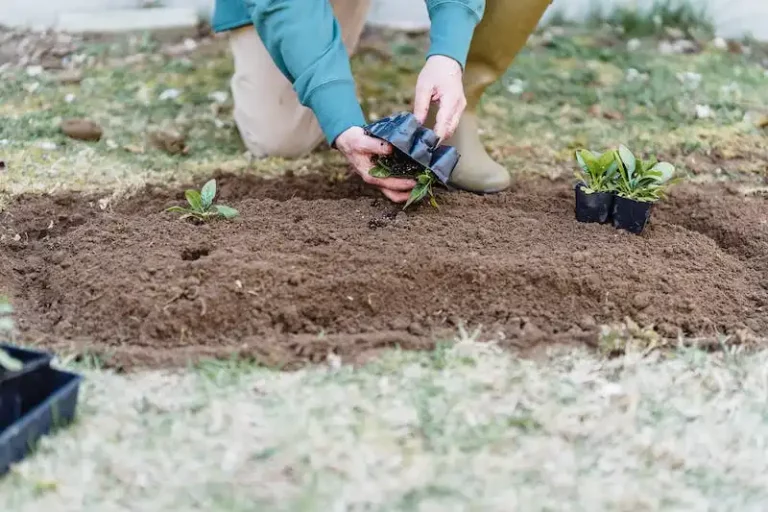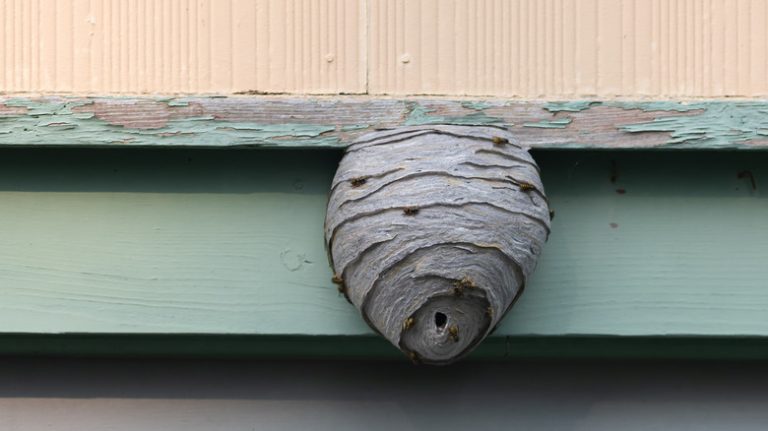Heavenly bamboo, also known as Nandina, is a unique and beautiful shrub that can add color and texture to your garden all year long. Unlike other bamboo species, heavenly bamboo is not a true bamboo and doesn’t spread aggressively. This makes it a great choice for those who want the look of bamboo without the maintenance headaches.
If you’re considering growing heavenly bamboo in your garden, you’ve got a variety of options. It can be grown as a large shrub or trained to form a hedge. It is absolutely stunning when planted in groups or used as a focal point in your garden design. With its deep green foliage that turns yellow in the fall, heavenly bamboo will definitely be a showstopper in your garden.
When it comes to caring for heavenly bamboo, there are a few key things to keep in mind. First, it prefers well-draining soil, so make sure to plant it in an area that doesn’t get waterlogged. Second, heavenly bamboo thrives in warm and humid conditions. While it can tolerate some shade, it will grow best in full sun. Finally, heavenly bamboo is relatively low-maintenance and doesn’t require much pruning. However, if you want to shape it or control its size, you can prune it in late winter or early spring.
Heavenly bamboo is generally pest and disease resistant, making it a great choice for gardeners who want a trouble-free plant. However, there are a few common problems to be aware of. One warning is that heavenly bamboo can be invasive in some areas, so check with your local gardening center before planting it. Additionally, if the temperature drops below 5°F (-15°C) for an extended period, it may damage the plant. Lastly, watch out for small yellow bugs called aphids, as they can be a common pest. Solving these issues is relatively easy and should not discourage you from growing this beautiful shrub in your garden.
Whether you’re a seasoned gardener or just starting out, heavenly bamboo is a great choice for adding color and texture to your garden. Its unique foliage and easy care make it a popular choice for gardeners in the southeastern United States. So why not give it a try and “grow heavenly” in your own garden?
Heavenly Bamboo
Heavenly Bamboo, or Nandina domestica, is a beautiful and versatile plant that can enhance any garden. Despite its name, heavenly bamboo is not actually a bamboo, but rather a member of the barberry family. This plant is known for its vibrant foliage, which comes in shades of green, red, and bronze, and its small white flowers that bloom in the summer months.
When it comes to caring for heavenly bamboo, there are a few key things to keep in mind. First, water the plants deeply and consistently, especially during the hot summer months. Heavenly bamboo prefers well-draining soil, so be sure to choose a planting location with good drainage or consider growing it in containers. In terms of temperature, heavenly bamboo is quite hardy and can tolerate both high and low temperatures. It is particularly well-suited for gardeners in the southeastern United States, where the climate is hot and humid.
One of the rewards of growing heavenly bamboo is that it doesn’t require much maintenance. This plant is relatively pest-free and doesn’t have any major disease problems. If you do encounter any issues, such as aphids or scale insects, a simple solution of mild soap and water should take care of the problem.
Heavenly bamboo is also fairly easy to propagate. You can propagate heavenly bamboo by taking stem cuttings in the spring or by dividing mature plants. Another option is to look for a dwarf variety, such as Nandina domestica ‘Gulf Stream’ or ‘Nana’, which stays small and compact.
Before planting heavenly bamboo, it’s important to consider its potential size. While some varieties, like ‘Gulf Stream’ and ‘Nana’, stay small and compact, others can reach heights of 7 feet or more. So make sure you have enough space in your garden for the plant to grow without crowding out other plants. Heavenly bamboo also looks great as a border plant or as part of a mixed planting with other perennials and shrubs.
In terms of color, heavenly bamboo is known for its foliage. The leaves can range from lime green in the spring to rich red or bronze in the fall. Some varieties even produce berries, which add another layer of interest to the plant. One popular variety that produces berries is Nandina domestica ‘Fire Power’.
So if you’re looking for a versatile and low-maintenance plant to add to your garden, consider growing heavenly bamboo. Its vibrant foliage, easy propagation, and ability to thrive in a variety of conditions make it a great choice for both beginner and experienced gardeners.
Be Inspired
If you’re looking for a beautiful and versatile plant for your garden, look no further than heavenly bamboo. Also known as nandina, this compact shrub is a showstopper in any setting.
Nandinas are generally easy to care for and can thrive in a variety of conditions. They are particularly well-suited for the southeastern United States, where they are often used as border plantings or for filling in shady areas.
Heavenly bamboo is known for its striking foliage, which changes color throughout the seasons. The leaves start off green, then turn yellow and red in the fall. Some varieties even have textured or variegated leaves, adding even more visual interest to your garden.
This ornamental plant is also prized for its clusters of white flowers and bright red fruit, which can add a pop of color to your garden. Nandinas are generally self-fertilizing and do not require much extra fertilizer. However, if you want to give them a little boost, a well-composted organic fertilizer in the spring should do the trick.
If you’re interested in propagating your own nandinas, you can easily do so by taking cuttings from an existing plant. Make sure to use a clean, sharp pair of pruning shears and cut just below a leaf node. Dip the cutting in rooting hormone and plant it in a mixture of potting soil and perlite. Keep the soil consistently moist and within a warm temperature range, and you should start to see roots forming in a few weeks.
Nandinas are generally pest and disease resistant, but they can sometimes be susceptible to mealybugs and whiteflies. If you notice any signs of infestation, treat them with a natural insecticidal soap or oil solution. Regular pruning every year can help to keep your nandinas compact and well-shaped.
Whether you’re a seasoned gardener or just starting out, heavenly bamboo is sure to inspire you with its beauty and versatility. So go ahead and purchase this stunning plant for your garden – you won’t be disappointed!
Design Ideas for Filling Those Fall Containers
If you’re looking for a unique and colorful way to fill your fall containers, consider using heavenly bamboo. This semi-hardwood plant is known for its brilliant foliage and ornamental berries, making it the perfect addition to any autumn design.
When it comes to growing heavenly bamboo in containers, there are a few tips to keep in mind. First, make sure to choose a container that is large enough to accommodate the plant’s root system. You’ll also want to select a spot that receives plenty of light, as heavenly bamboo thrives in full sun to partial shade.
When planting your heavenly bamboo, be sure to use a well-draining potting mix and water it deeply. Although these plants are generally low maintenance, they do require consistent watering, especially during dry periods.
In terms of care, heavenly bamboo is relatively pest and disease-free. However, it’s always a good idea to watch out for common garden pests and diseases and take action if necessary. Additionally, during the winter months, you may need to protect your container from low temperatures by moving it to a slightly warmer spot or insulating it with mulch.
If you’re interested in propagating heavenly bamboo, it is fairly easy to do. You can take stem cuttings from the plant during the early spring or late summer and place them in a moist potting mix. Keep the cuttings in a warm and humid environment, and they should begin to sprout within 7-10 days.
When it comes to fertilizer, heavenly bamboo doesn’t require much. A balanced fertilizer applied once in the spring should be sufficient. It’s important not to over-fertilize, as this can lead to yellow leaves and other issues.
There are several types of heavenly bamboo to choose from, but one of the most popular is the dwarf variety ‘Nana’. This compact plant stays small and can be sheared into different shapes, making it a versatile choice for container gardening.
To fill your fall containers with heavenly bamboo, start by buying young plants from a reputable nursery. Plant them in containers filled with well-draining potting mix and place them in a spot that receives plenty of light. Water them consistently, every time the soil feels dry to the touch.
As the temperature drops in the fall, watch for signs of cold stress in your heavenly bamboo, such as browning leaves. If this occurs, move the container to a slightly warmer location and provide extra insulation.
Now that you’ve got some tips on how to care for heavenly bamboo and fill your fall containers, get to work and create a stunning autumn design with these unique and colorful plants!



